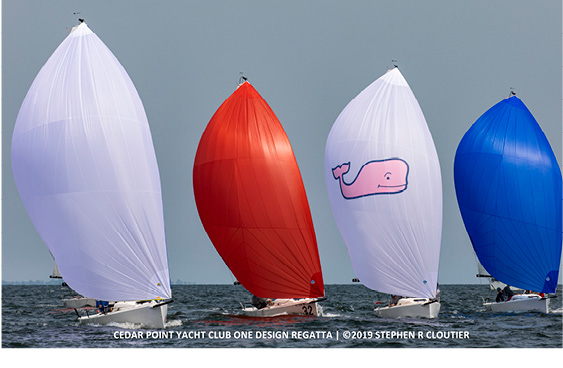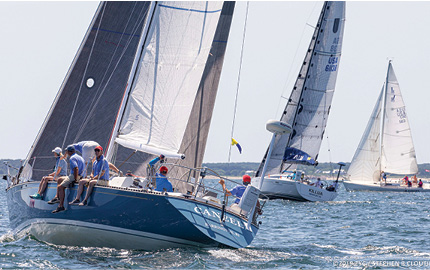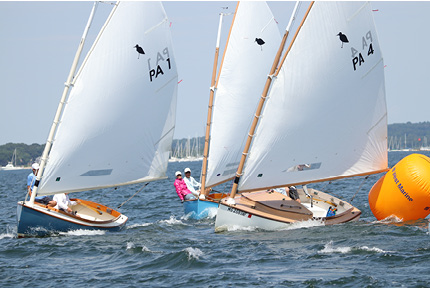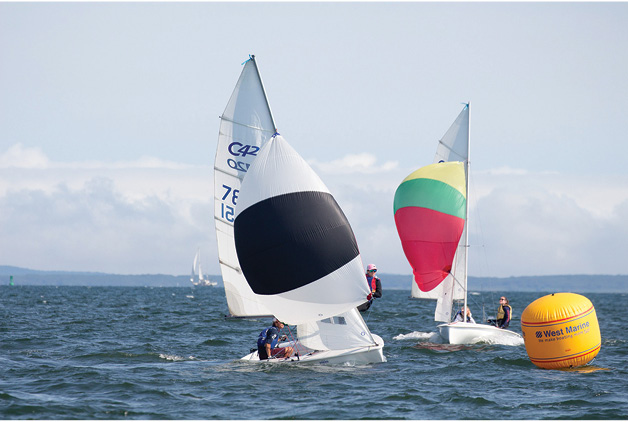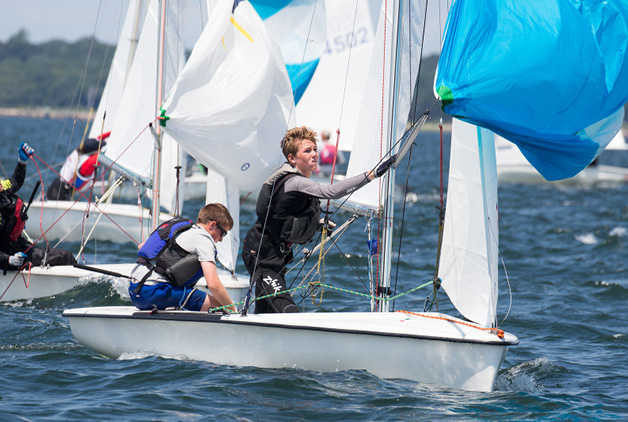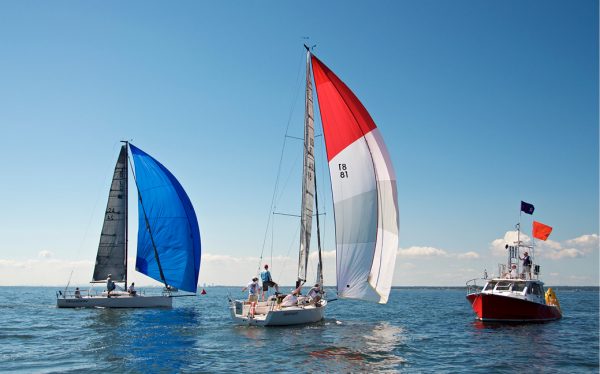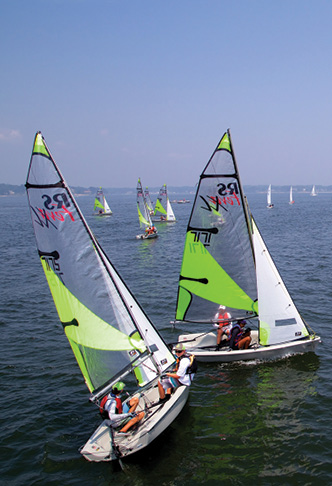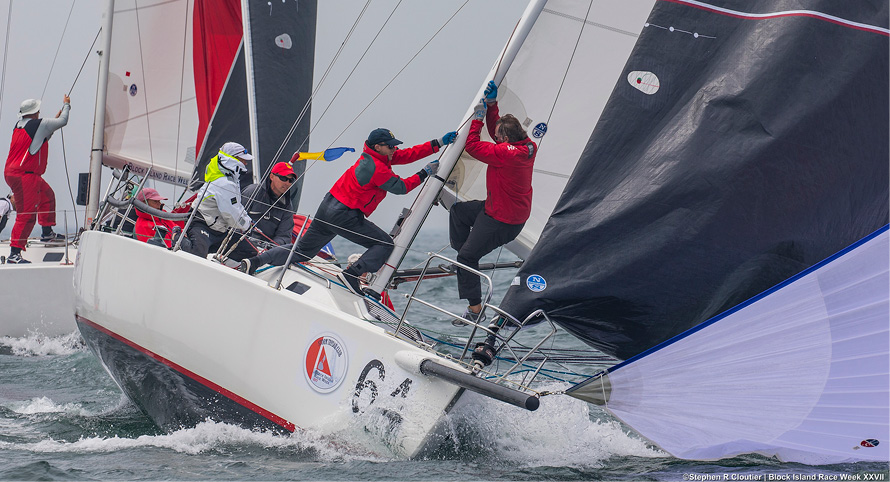Up to Speed & Smarts with Dells
Approaching the Leeward Mark
A successful leeward mark rounding begins well before you get to the two-length zone. In fact, there are many things you can do before you reach the mark to prepare for your rounding and the next leg. The more you can work on these before the leeward-mark fire drill, the better off you’ll be. Strategize for the next beat You can (and probably should) start thinking about your strategy for the next beat soon after you begin…

